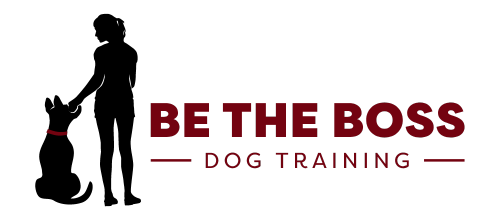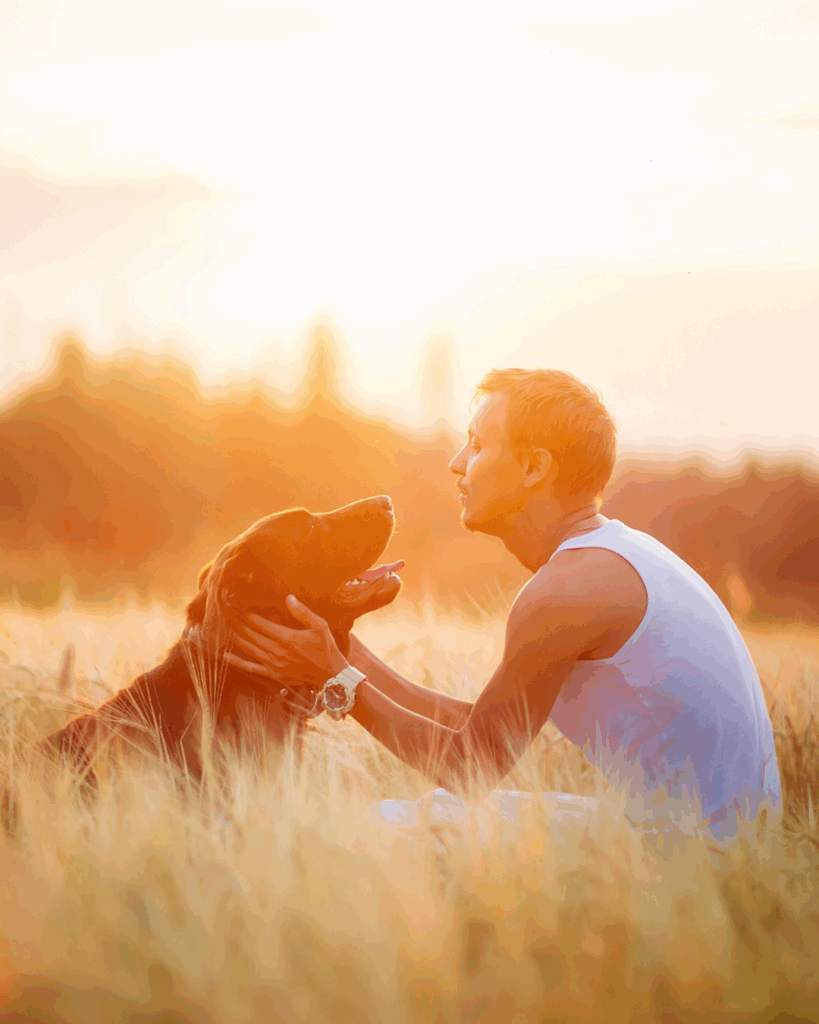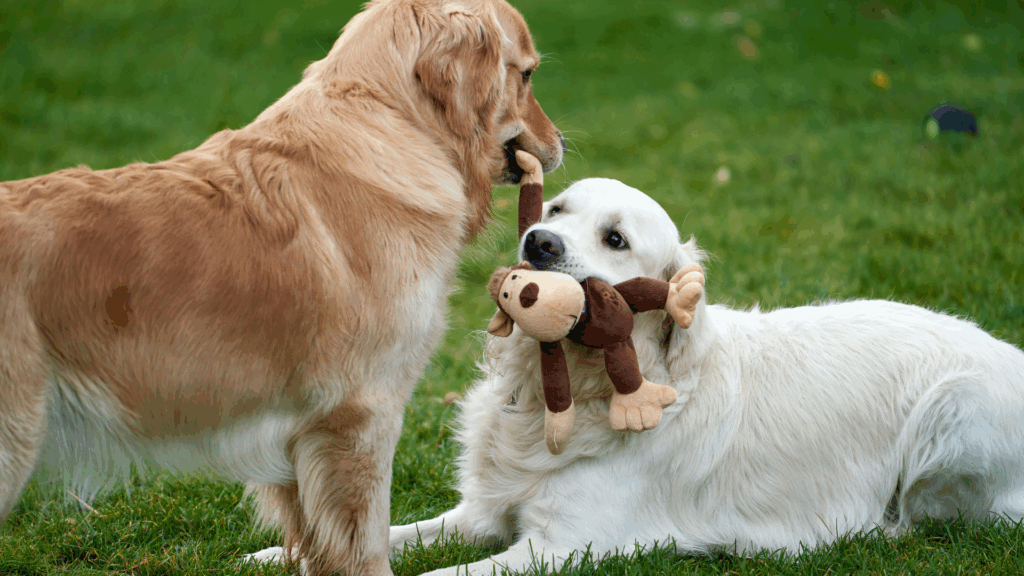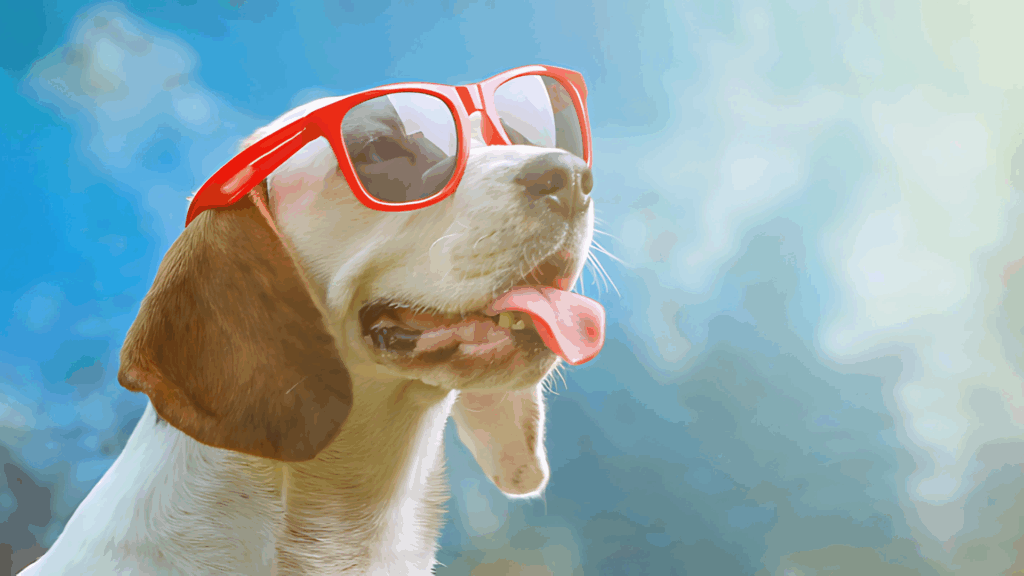Let’s be honest: you love your dog, but you also love your space. And sometimes, you just want to drink your coffee, scroll your phone, or walk from room to room without being followed like a celebrity with no privacy. If your dog has become your furry shadow, glued to your side 24/7, it’s not just exhausting—it’s unsustainable.
The good news? You don’t have to choose between affection and freedom. With a few simple mindset shifts and daily tweaks, you can teach your dog to be emotionally self-sufficient—and give yourself the breathing room you secretly crave. If you’re unsure where to start, check out our article on what causes separation anxiety in dogs—it breaks down the root of clingy behavior and why some dogs just can’t handle being alone.
In this blog, we’ll break down four lazy, real-life ways to build your dog’s independence without turning your schedule upside down.
How to Get Your Dog to Stop Needing You 24/7
While it may feel flattering that your dog always wants to be near you, constant attachment can be a sign of low emotional resilience. Dogs that follow you everywhere aren’t always being affectionate—they’re often anxious.
The fix? Solo chill routines. These are low-pressure moments where your dog learns to relax without constant contact:
- Practice “place” while you’re home
- Use baby gates for soft distance
- Normalize quiet alone time with chews or toys
- Skip the dramatic exits and reunions
Over time, your dog learns that being alone isn’t abandonment—it’s just part of life. And if you’re looking for step-by-step tips or want to share your dog’s behavior with other local owners, join our free Dogs Unleashed Utah County Facebook group—you’ll find support, free resources, and a ton of relatable moments.
The Toys That Keep My Dog Busy So I Can Finally Have Me-Time
You don’t need a 30-step training plan to help your dog gain independence—you just need the right toys. Here are our favorite lazy-day lifesavers:
- Frozen Kongs – Peanut butter + freezer = silence
- Snuffle Mats – Let your dog forage for kibble
- Lick Mats – Soothes and calms anxious pups
- Puzzle Toys – Mental work = tired dog
- Long-Lasting Chews – For hours of quiet focus
The goal is to turn “you leaving” into “best part of their day.” Not sure which toy or method will work best for your dog? Reach out to us here and we’ll help you build a plan based on your dog’s age, energy level, and vibe.
Why I Stopped Saying Goodbye to My Dog (And You Should Too)
“I’ll be back soon, baby. Be good. I love you!”
Sound familiar? That emotional farewell may feel sweet, but it teaches your dog that your exit = panic mode.
Dramatic exits lead to dramatic dogs. The solution? De-emotionalize your departure.
- Walk out the door calmly—no eye contact, no hugs
- Practice “boring exits” with no payoff
- Pair leaving with a treat or toy
- Keep energy low when you come home, too
Dogs mirror your energy. If you treat leaving like no big deal, so will they.
The Lazy Way I Taught My Dog to Be Okay Alone
You don’t need to carve out an hour a day or become a dog behaviorist to teach independence. If you’re busy (or just tired), these lazy hacks work wonders:
- Ignore the drama – Leave and return like it’s no big deal
- Mini exits = mini wins – Go check the mail, take out trash, repeat
- Frozen chews at the door – Associate your exit with reward
- “Place” command while you’re home – They learn to be near you without being on you
These micro-moments build confidence slowly and naturally.
Conclusion
Helping your dog become more independent isn’t just about fixing behavior—it’s about reclaiming peace for both of you. Whether you’re setting boundaries during dinner, walking out the door without a dramatic goodbye, or tossing a chew to buy yourself 20 quiet minutes, you’re building emotional resilience.
You don’t need to be perfect. You just need to start.
Independence isn’t cold. It’s calm.
And with a few smart tweaks, it’s totally doable.





